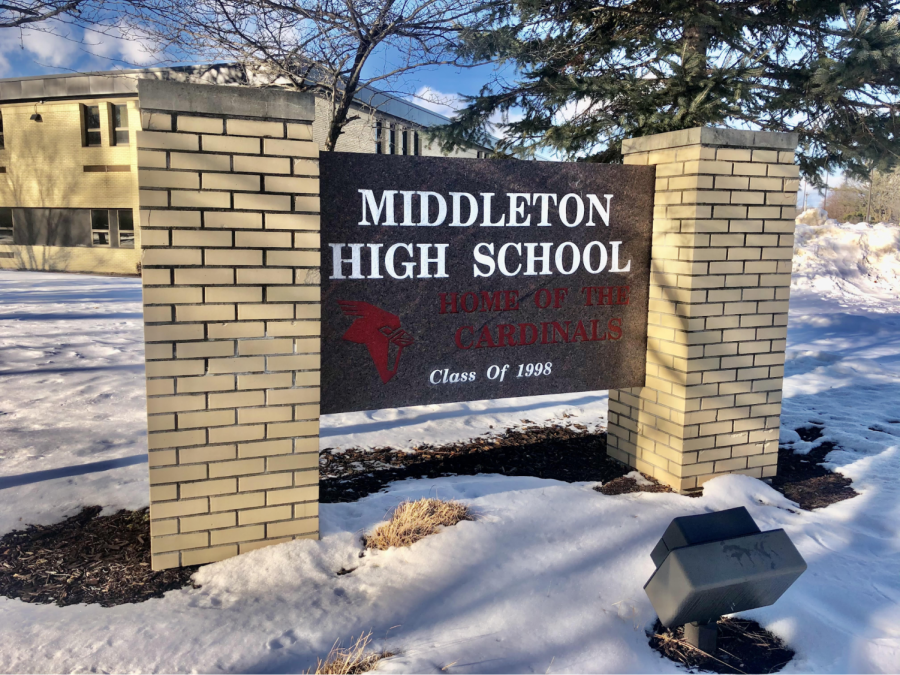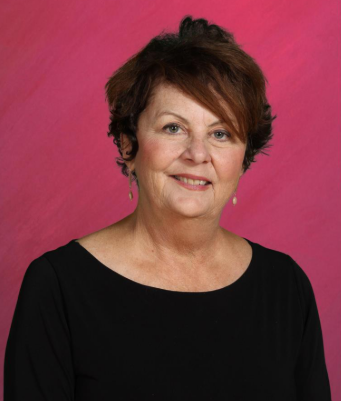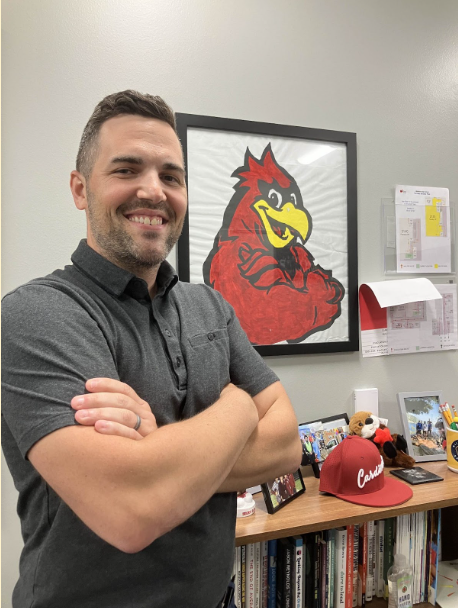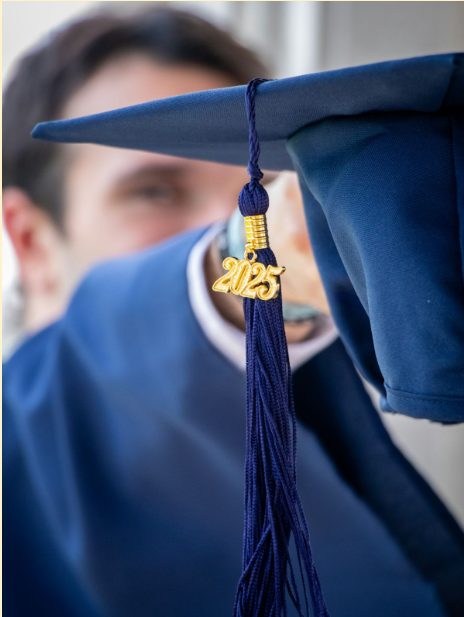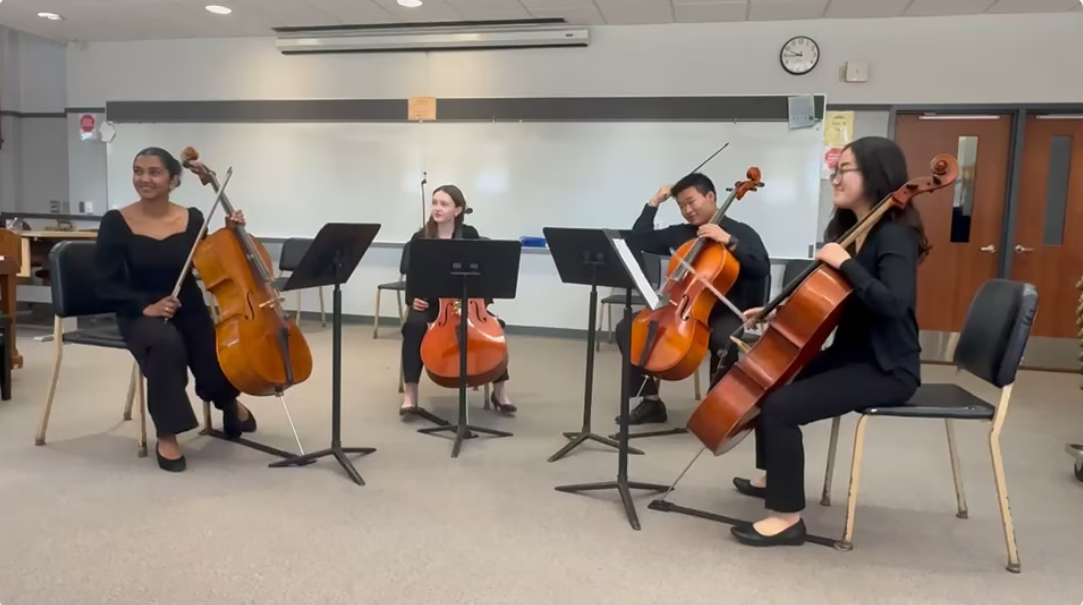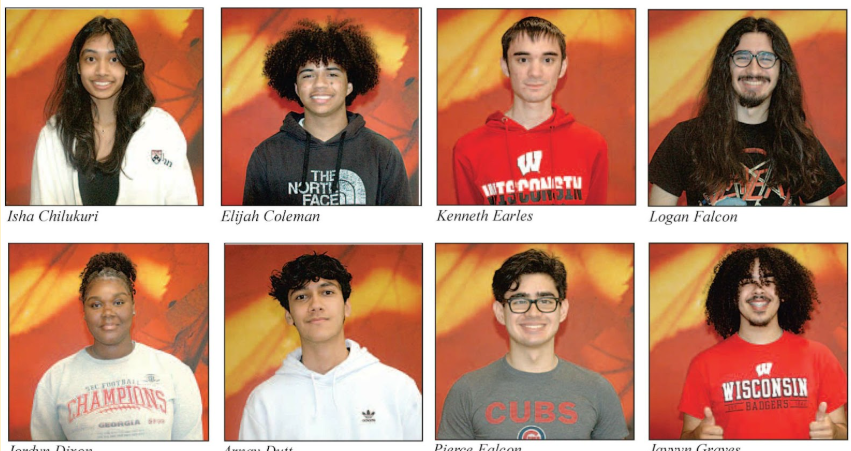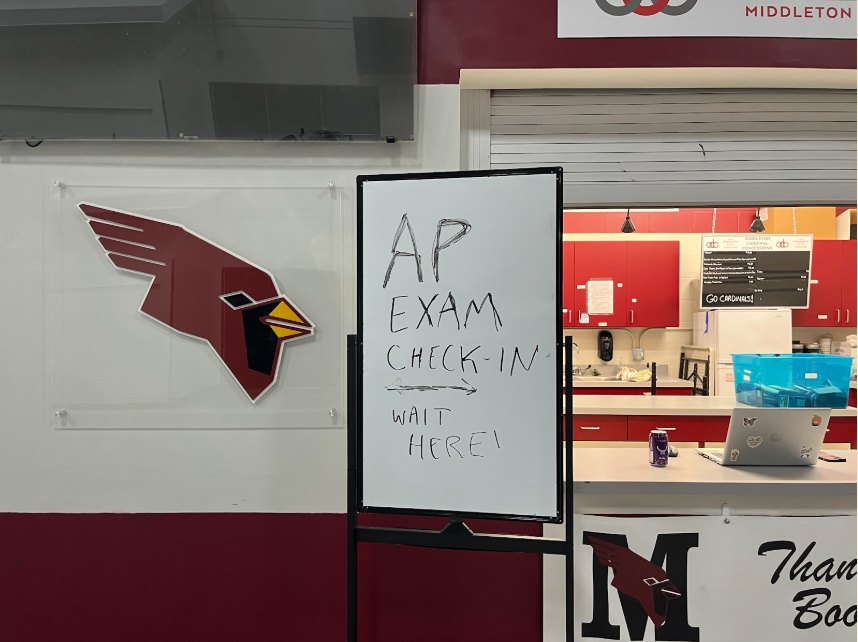MHS Reopening: The Facts, Benefits and Challenges Surrounding a Return to In-Person Instruction
Middleton High School is currently closed due to COVID-19 risks. However, MHS seems to be on the path to reopening by March 11, if this target date is officially approved by the school board today. With such a significant step forward, challenges and fears emerge as unanswered questions linger. But what do we know about the reopening plan?
January 25, 2021
On Dec. 21, 2020, the MCPASD Board of Education unanimously approved the proposed blended model of a return to school buildings. While a formal vote for a start date will take place today, Jan. 25, Mar. 11 is the tentative start date for Middleton High School (MHS) students and staff to resume in-person classes. However, lingering questions among staff and students are raising some concerns, and some hiccups along the way have produced anxiety and confusion. In a time when so much seems unknown, all anyone wants is answers. After reviewing multiple documents detailing the plan proposal, here’s what we know.
Physical Logistics
The school board meeting agenda for Dec. 21 focused on some of the broader planning aspects of a return. When MHS students come back, they can expect to follow a familiar block schedule. School will be in session from 8:25 a.m. to 3:44 p.m., with classes lasting about 85 minutes. A 2-1-2 schedule will be followed, in which students will be divided into two cohorts, with Cohort 1 attending school on Mondays and Tuesdays and Cohort 2 attending school on Thursdays and Fridays. While plans are still being finalized, MHS administration confirmed that students will attend classes via Zoom when their Cohort is not at school. Wednesdays will continue to be asynchronous work days.
Inside the building, students will be expected to wear masks, go directly to classes without lingering in the hallways, and leave school immediately at the end of the day. The class groupings of 15 students will be separate from one another, and frequent disinfection will occur in commonly occupied spaces.
The Dec. 21 school board agenda also links Public Health Madison & Dane County’s school closure recommendations. While the guidelines are vague, they explain that closures can occur for individual classrooms, for individual schools, or countywide. Some of the reasons they cite for closure include the need to sanitize certain areas, more absent students than present students, or performing a contact tracing investigation. In regards to countywide closures, the PHMDC considers several factors, such as trends of positive cases, extent of exposure, and contact tracing capacity.
Scheduling
On Jan. 11 the board reviewed model planning updates following the instructional model survey sent out to district families. In this survey, students were asked to select an instructional model: either universal (returning to the building if possible) or fully virtual (attending school remotely). They were given the opportunity to switch the model that they had initially chosen back in the fall. Initially, 666 students opted for a fully virtual option, but in the most recent survey, 1,373 students had selected fully virtual. Conversely, 6,590 students chose universal in the fall, where only 5,890 students stayed with this plan. Nineteen percent of the students in the school district and 14 percent of MHS students plan to stay home instead. This 707 student increase to the fully virtual model has caused some issues in the planning process.

For one, the district did not anticipate the amount of staff who would need to be assigned to fully virtual students. As a result, many students, both virtual and universal, were required to modify their schedules on rather short notice.
On the evening of Jan. 6, some universal students received an email from the MHS Counseling Team. This message explained that at least one of their classes for second semester had been dropped because of teachers moving to fully virtual instructional blocks. Because of this, students were required to meet with a counselor by the end of the next day to resolve the conflict in time for the schedule change deadline.
Even with some teachers being relocated to fully virtual instruction, the virtual plan still has limited course offerings. This means some virtual students are being forced to drop many of their classes or switch to universal. One senior, Erin Tankersley, had a particularly difficult experience with this.
“The week after I chose to switch to fully virtual, I received an email from the school saying that six of my seven classes could not be taken virtually,” said Tankersley.
Tankersley was given the option of taking two of these six in person, but she would also have to select four entirely new classes to attend virtually. This also had an impact on some college credit courses she was taking.
“I wouldn’t be able to get college credit for my [Project Lead the Way] course and would have to study for my AP exams by myself, or forfeit the exams I had paid for,” she said.
Tankersley ended up reluctantly switching to universal to maintain her schedule.
While MCPASD is offering a virtual instructional model so that students can avoid potential exposure to COVID-19, some students are feeling short-changed by an online school environment. One senior, Vivian Wagner, feels this model lacks college preparedness.
“It would be a huge change to go from online classes with no instruction to two to three hour lectures in person,” said Wagner. “I need to prepare myself for college classes, and I can’t do that fully virtually.”
Another student, junior Josie Thomas, also believes that online school is a barrier to her learning. . She chose the universal model because “in order to learn better, [she needs] face-to-face instruction.”
Though these are just a few of many conflicts, MHS encourages students to be patient during this unprecedented transition. MCPASD has the resources to offer a fully virtual model in the first place, and the process of scheduling thousands of students, training hundreds of educators, and orienting everyone to new routines is sure to come with some challenges.
Latest Updates and Specifics
Amid these challenges, the district is forging ahead with solidifying more details about a return to the building. During the Jan. 11 board meeting, some specifics about the different instructional models were discussed, providing more clarity to what a school day might really look like.
For example, asynchronous learning days for universal students will not be fully independent. The planning update explains that “beginning the third week of implementation at each level, teachers will begin offering remote-access opportunities for students not at school to virtually join their classrooms.” This measure is expected to “grow and evolve over time”, and will require additional technology for classrooms, such as tripods and wireless microphones, which will cost the district $91,056.
Additional questions were answered in another document about pandemic plans for the school year. In terms of virtual learning, very little information has been provided at this time. It was explained that educators will reach out to students as soon as possible to collect information about their preferences of asynchronous versus synchronous learning. Instruction will be curated around this input and some other factors.
As for the universal plan, the issue of meal time was partially addressed in this update. At all grade levels, students can pick up meals in the cafeteria, where they will then eat in classrooms. Open campus at the high school level will remain. In terms of hallway travel, the idea of staggered passing times is being explored to minimize traffic in enclosed spaces. The use of floor markings may be used to encourage social distancing. MHS is also looking into utilizing more entrances and exits during the school day to avoid large groups of students gathering near doors. Plexiglass is being installed in offices, cafeterias, and some other locations, but not in classrooms.
Even with these protocols in place, some still have fears about the enforcement of COVID-19 safety measures. Phileas Smith, a senior, worries about students “not wearing their masks properly.” He brings up a valid concern, because even with limited class sizes, staff members burdened with extra responsibilities may be unable to make sure students are always wearing face coverings safely. Frequent sanitation may also pose challenges as students switch locations at least three times per day. And a practical, efficient solution to passing time may still be yet to come.
Though some fear undoubtedly remains about the safety of returning the building, recent research shows that schools are not particularly dangerous sites in terms of COVID-19 transmission. As long as proper precautions are being taken, and the communities surrounding schools have implemented appropriate safety measures, the CDC says that school reopenings are important parts of returning to normalcy. And with Dane County COVID-19 cases on a decline, going back to school may be a step in the right direction.
The bottom line is that district staff are dedicated to making safe, educated decisions about the future of schooling in the area. And they have trust in the MCPASD community to show grace and adaptability during times of uncertainty. MHS Principal Peg Shoemaker reassured students of these ideas in her Jan. 11 Monday Memo. She went on to say that “as we enter 2021, we know there will continue to be challenges to overcome. But at Middleton High School, optimism endures.”



